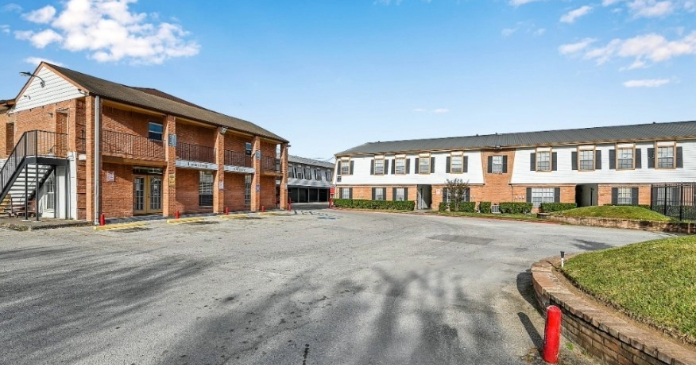First, there are the portfolio lenders including banks and insurance companies. These lenders retain loans “in their portfolio” by making loans using funds from deposits or insurance premiums and then keeping those loans on their balance sheets. If a loan goes bad, the portfolio lender takes the hit.
Next, there are the conduit lenders. These lenders generally do not intend to hold onto loans long term; instead, they are simply a “conduit” to other investors. To simplify commercial mortgage backed securities (CMBS): conduit lenders bundle multiple loans, slice them into negotiable pieces based on risk, and sell those pieces to investors on Wall Street. Once loans are packaged and sold on Wall Street, the conduit lenders bear little or no responsibility or financial risk with regards to the continued performance of those loans.
Finally, the government sponsored enterprises (GSEs), Fannie Mae and Freddie Mac, play a role similar to portfolio lenders, but are focused exclusively on the multifamily component of commercial real estate. The GSEs may buy whole loans or the securitized tranches of conduit lenders. The GSEs, however, do this with a number of legislative rules, regulations, and oversight that make them critical to the multifamily industry.
The last three real estate financing cycles provide an ideal example of the importance of GSEs to the multifamily industry. In the early 1990s, again in 1998, and most recently a few months ago, Wall Street investors decided, for a number of reasons, that they no longer liked the risk/reward of real estate investments. Wall Street capital vanished and conduit lenders were left with no market for their loans. As a result, conduit lenders either quit making loans or instituted dramatic increases in the cost of borrowing to help woo Wall Street back.
In both 1998 and today (for now), portfolio lenders decided that Wall Street was overreacting, stepped into the financing void, and continued to make loans to multifamily borrowers. But what happens if, like in the early 1990s, even the portfolio lenders decide to reduce their exposure to real estate? That is when the industry should be most thankful for the GSEs.
Simply put, unlike other investors, the GSEs cannot pack up and go home. They cannot one day decide that the returns are better in Asia or high-tech is the place to be. Meeting housing goals is their only, and legislated, mandate. Day in and day out, Fannie Mae and Freddie Mac provide financing to owners of single family and multifamily housing. So when other capital sources dry up, the multifamily industry knows there will always be a source available to refinance a maturing loan or help expand (or decrease) an owner’s multifamily portfolio. This focus–and the fact they, unlike conduits, are not beholden to Wall Street securitization–means that the GSEs generally maintain competitive rates and some of the industry’s most creative loan products.
Another component of the GSE mandate is the inability for either Fannie Mae or Freddie Mac to originate loans directly. Both companies have established programs to work through third parties who originate loans. In Freddie Mac’s Seller/Servicer program, a company, acting as a mortgage broker for the most part, will originate a loan and bring it to Freddie Mac for underwriting and approval. The originating company then gets ongoing rights to service that loan.
Unlike Freddie Mac, Fannie Mae’s program places its partners directly in a lender role. In 1988, Fannie Mae founded its Delegated Underwriting and Servicing (DUS) program. The program relies on third parties to be “lenders” for DUS loans. DUS lenders have delegated authority to originate, underwrite, and service loans without prior Fannie Mae approval. As long as lenders follow Fannie Mae’s guidelines, or get appropriate waivers, Fannie Mae guarantees to purchase the loans. These same lenders generally take the first risk position on the loans they originate, so Fannie Mae requires lenders to meet certain net worth and liquidity tests to retain their DUS licenses. As a result, the DUS program combines the underwriting skills and organizational flexibility of smaller lenders with the stability of Fannie Mae guarantees.
In addition to conventional multifamily mortgages, DUS lenders offer financing for seniors housing, student housing, affordable housing, and manufactured housing communities. The Fannie Mae DUS program includes the ability for multiple loan assumptions, “portable” loans that can be transferred between properties, multiple supplemental loans, flexible prepayment options, and a dizzying array of interest only, early rate lock, adjustable rate mortgages, credit facility, and fixed-rate loans. Freddie Mac offers many similar programs and features.
With the current credit market crunch, borrowers are now realizing that Fannie Mae and Freddie Mac are not only as relevant as ever, but critical participants in multifamily financing. Expect 2007 to be record or near record years for both companies as more and more multifamily owners and developers try to join the party under a very large and welcoming GSE tent.
Author: Howard W. Smith III















